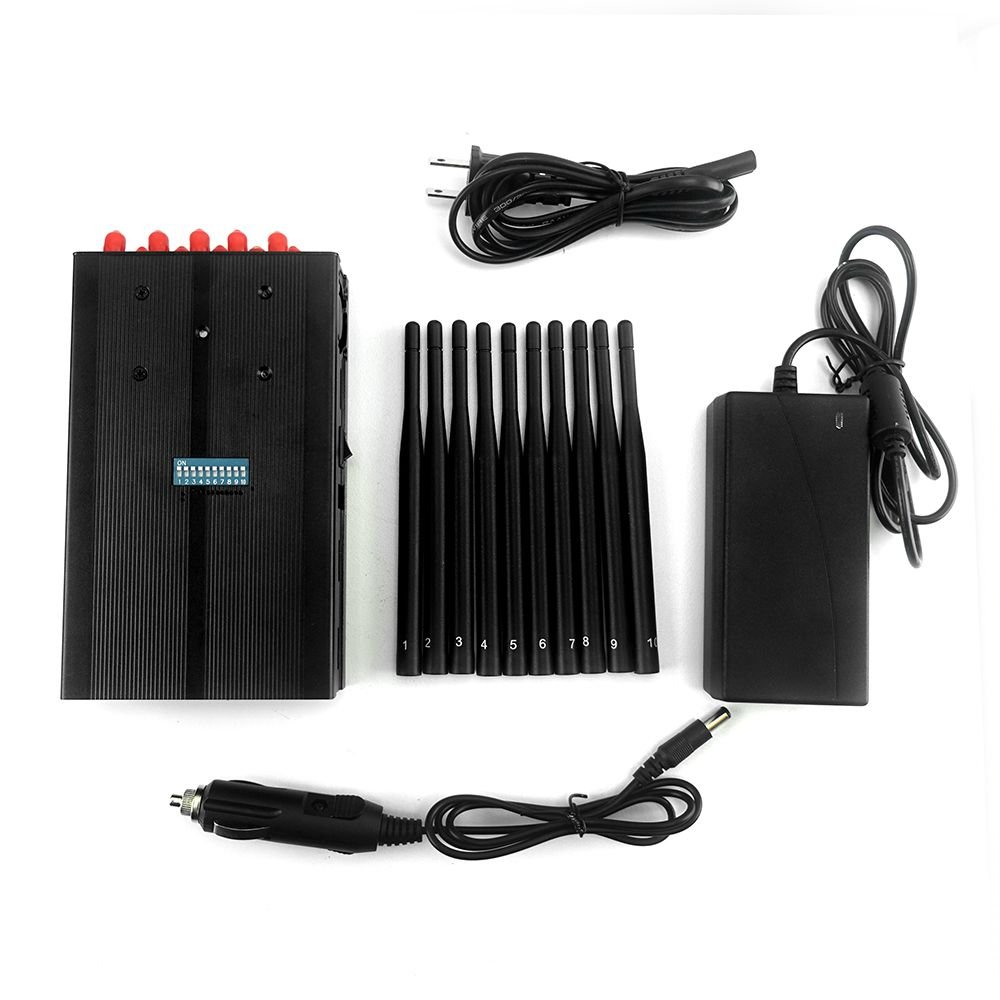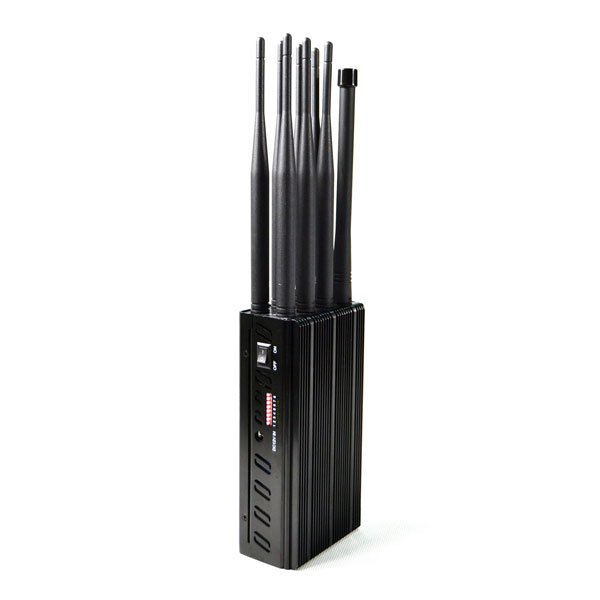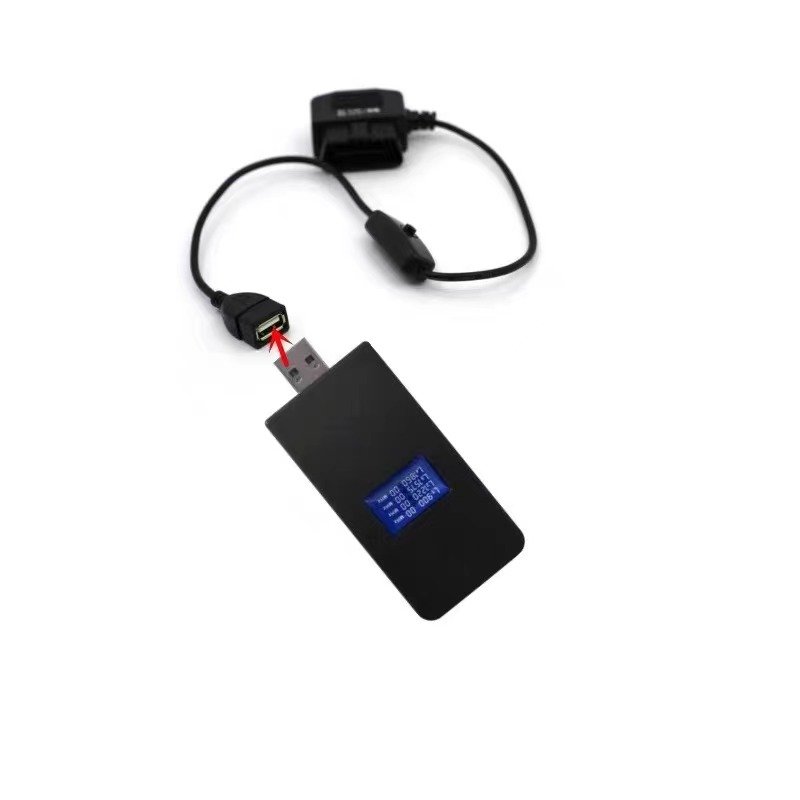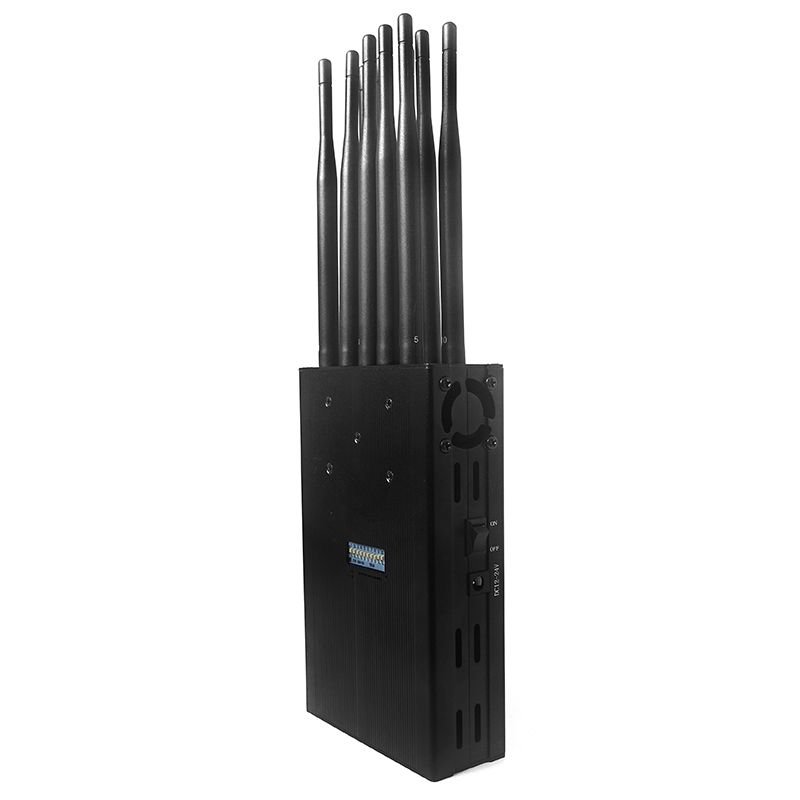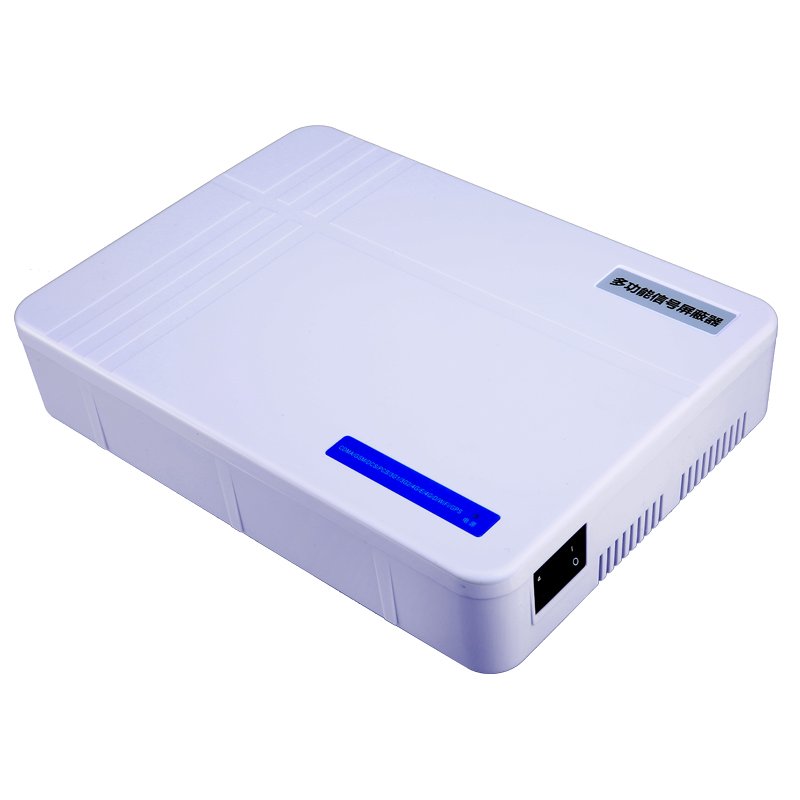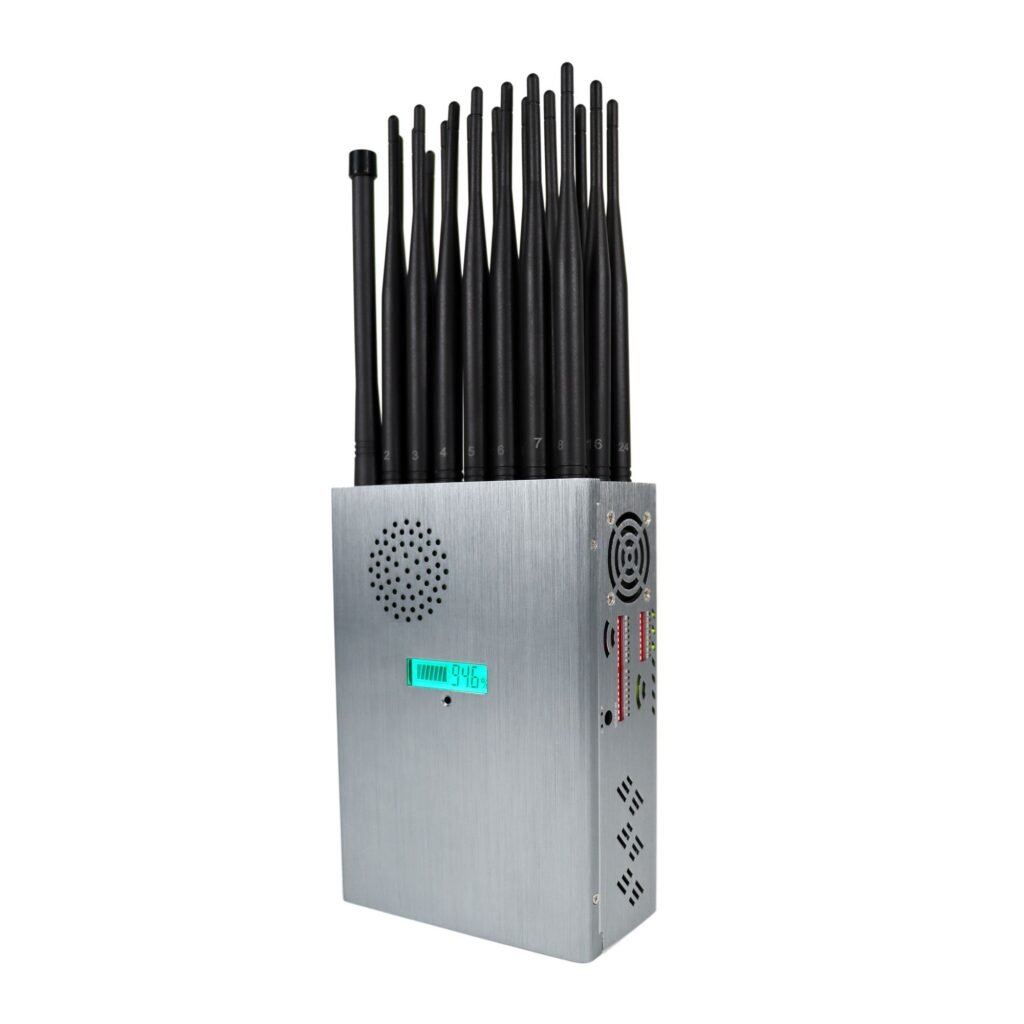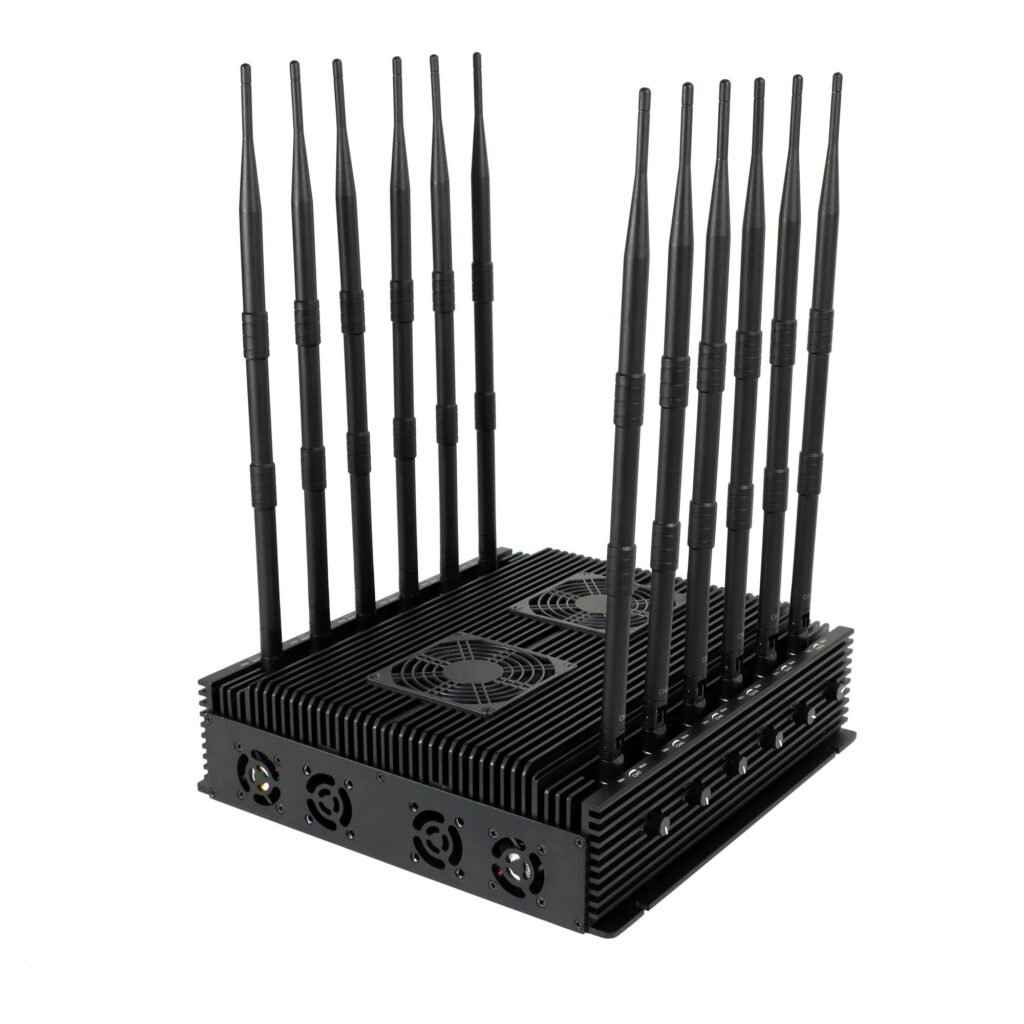Depending on whether the antenna is external, jammers on the market are divided into two types: internal antenna and external antenna. Some of our customers contacted us and wanted us to analyze the difference between signal jammers with internal antennas and signal jammers with external antennas. Today I will analyze it in detail.
Jammer are often used in testing, meeting rooms and other locations to block wireless signals and prevent information leakage or cheating during testing. Jammers with built-in antennas differ from jammers with external antennas in terms of design, performance, application scenarios, etc. Are you interested in these points of knowledge? If so, please read on.
1. appearance and design
Built-in antenna signal jammer
More beautiful appearanceThe jammer with built-in antenna you buy usually has a plastic shell and the antenna is hidden inside the device, so the overall design does not show that the device is a jammer. It is suitable for occasions with high appearance requirements. Let me give you an example. For example, if you want to use a jammer in your office to jam the signal, but don't want others to know where the jammer is placed, it is better for you to buy a jammer with a built-in antenna, because without an antenna, others will not know what the device is.
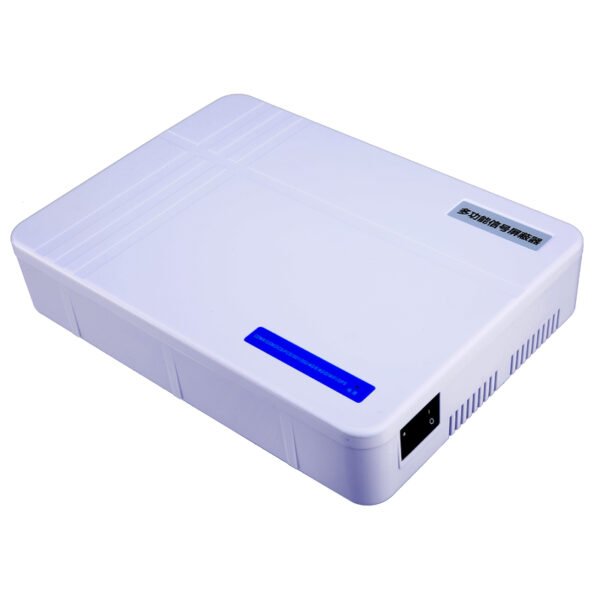
Small sizeDue to the high level of internal integration, the built-in antenna signal jammer is relatively light overall and easy to transport and install. However, compared to devices with the same output power, the built-in antenna signal jammer may be smaller. Since some jammers with built-in antennas are devices with high output power, they appear relatively large.
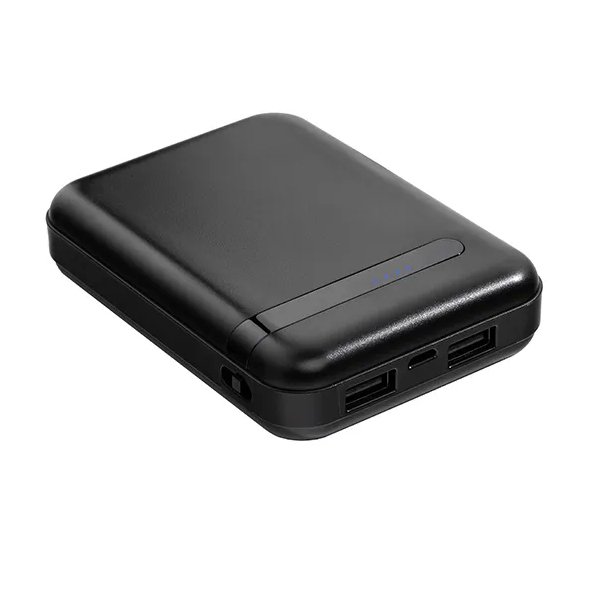
External antenna signal jammer
The appearance is more traditionalThere are several external antennas on the device, usually with a metal housing, which looks more professional. If you have bought a jammer before, you will know that most jammers use external antennas, as the internal antenna is blocked by the device housing during signal transmission. However, the housing of a jammer with an internal antenna is usually made of plastic. If you have read my previous article "The influence of wall materials on the penetrability of signals emitted by cell phone jammers", you should know that the housing material we use for the jammer with built-in antenna is a material with low signal attenuation.
Larger sizeSince the external antenna takes up additional space, the overall size is usually larger than devices with internal antennas. If you do not need to hide the device, I recommend buying a jammer with an external antenna.
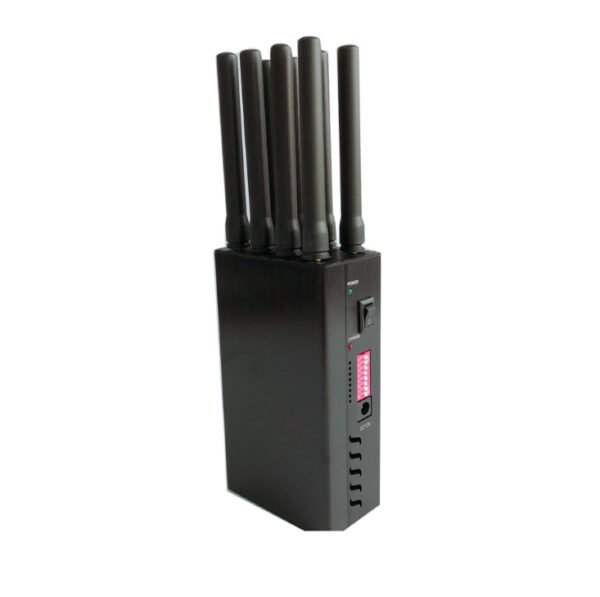
2. jammer setup and installation
Built-in antenna signal jammer
- It is not necessary to install an additional antenna. You only need to connect the power and turn on the switch when you use it. Operation is simple.
- The internal antenna can be affected by the device housing, resulting in certain limitations in signal transmission and interference effects. (I have mentioned this in the analysis above).
- This usually involves the use of omnidirectional antennas, which achieve 360° coverage and are suitable for environments such as classrooms and conference rooms.
External antenna signal jammer
- The antennas must be installed manually and the number of antennas can be adapted to different interference requirements. Here I must emphasize: The interference transmitters manufactured by our factory are marked with numbers on the antenna and the antenna hole. When installing the antenna, make sure that the number on the antenna matches the number on the antenna hole.
- The antenna has a high gain and good interference effect and is suitable for large-area and high-intensity signal interference. As mentioned above, I recommend that you buy a jammer with an external antenna if you do not need to hide it.
- Supports directional antennas that can interfere in a specific direction and improve interference efficiency.
3. power and interference effects
Built-in antenna signal jammer
- The signal jamming capability is weak and since the antenna is enclosed in the housing, the efficiency of signal propagation can be impaired.
- Suitable for smaller-scale faults, such as a single classroom, office, etc.
- The heat dissipation capacity is relatively weak and requires a good internal heat dissipation design, otherwise the stability of the device may be affected. (You don't have to worry about this, we build an integrated cooling system into the device design).
External antenna signal jammer
- The interference effect is stronger and the external antenna can select a high gain antenna to increase the range and intensity of signal interference.
- Suitable for large interference areas, such as large examination rooms, conference centers, etc. Do you need to disturb a large area?
- The heat dissipation performance is better. The metal shell can effectively support heat dissipation and reduce the performance drop of the device due to overheating.
4 Applicable scenarios
| Type | Applicable scenarios | Advantage | Deficiency |
| Built-in antenna signal jammer | Small examination room, office, meeting room | The antenna is hidden so that others do not know which device it is. | The interference signal emitted by the device is influenced by the housing |
| External antenna signal jammer | Large research rooms, offices, research institutes | Strong interference effect and good heat dissipation | Relatively large size |
5. how to select a suitable jammer?
Since the development of jamming equipment has taken many years, all current jammers have a modular internal design. Therefore, I think you only need to decide whether to buy a jammer with an external antenna or a jammer with an internal antenna based on whether it needs to be concealed.
We know that in previous analyses, the purchase recommendations for jammers with internal antennas and jammers with external antennas are analyzed from several angles, including usage environment, jamming distance, installation and maintenance. However, due to the integrated modular design of the devices, both devices are easy to install and maintain. The interference distance depends largely on the output power of the device.
So my answer to the question of whether you should choose a jammer with an internal antenna or a jammer with an external antenna is: If you want to hide your jammer, you can buy a jammer with an internal antenna. If you don't need to hide your jammer, you can buy a jammer with an external antenna.

